Peirene, the main fountain of Corinth, is a prehistoric fountain, used in the classical time and even prior to that. The villagers could come with their jars to take fresh water from the spring. Peirene was in use until the Second World War.
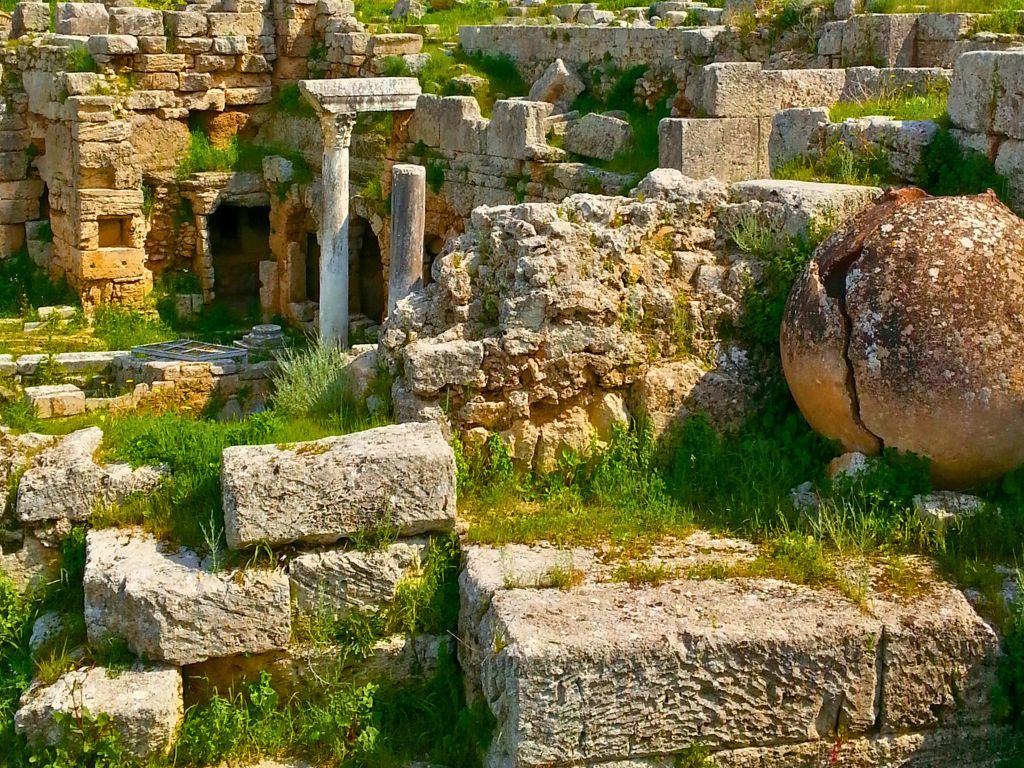
Behind the arches are water containers.
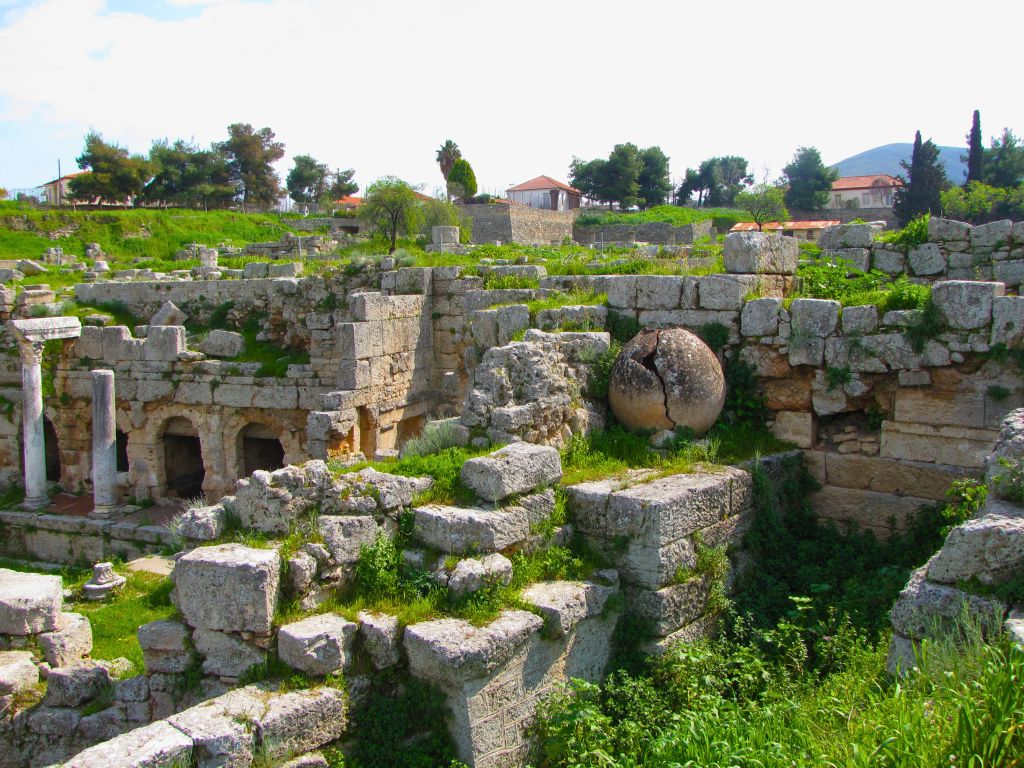
In front of the arches is a shallow swimming pool for the hot summer days of the city. So, when the people came to the fountain, loaded with the heavy clay jars for water, they had the opportunity to refresh themselves in the pool.
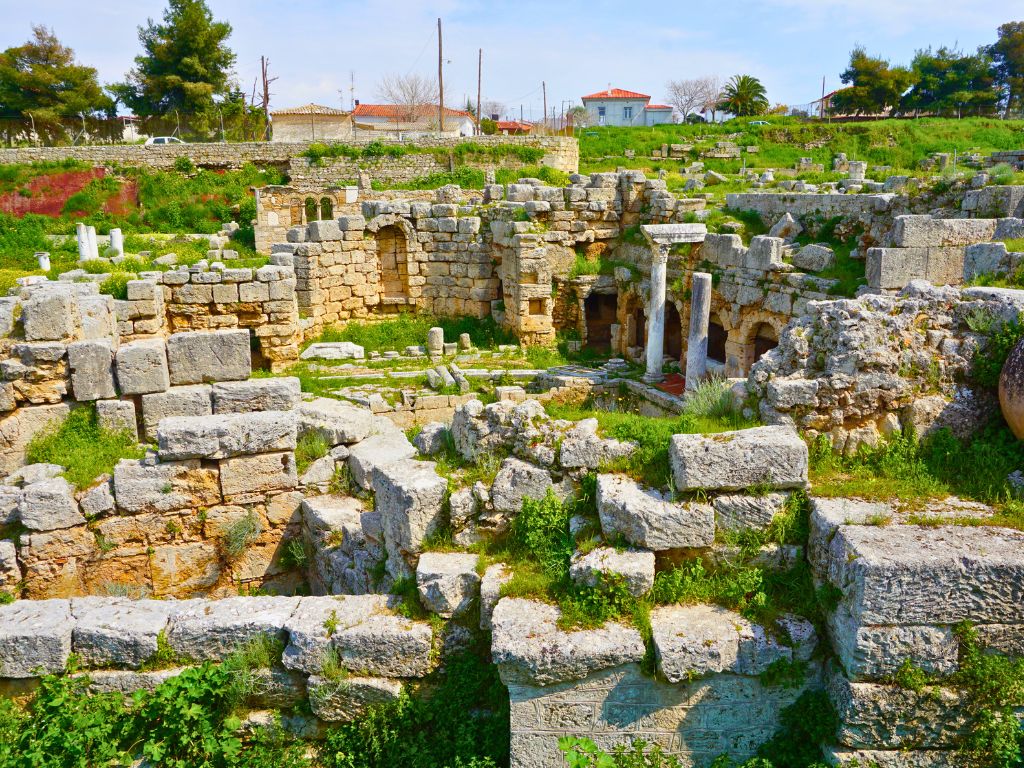
For that reason, Peirene became really attractive to the people of the temple; to find thirsty worshipers and to expose their beauty also.
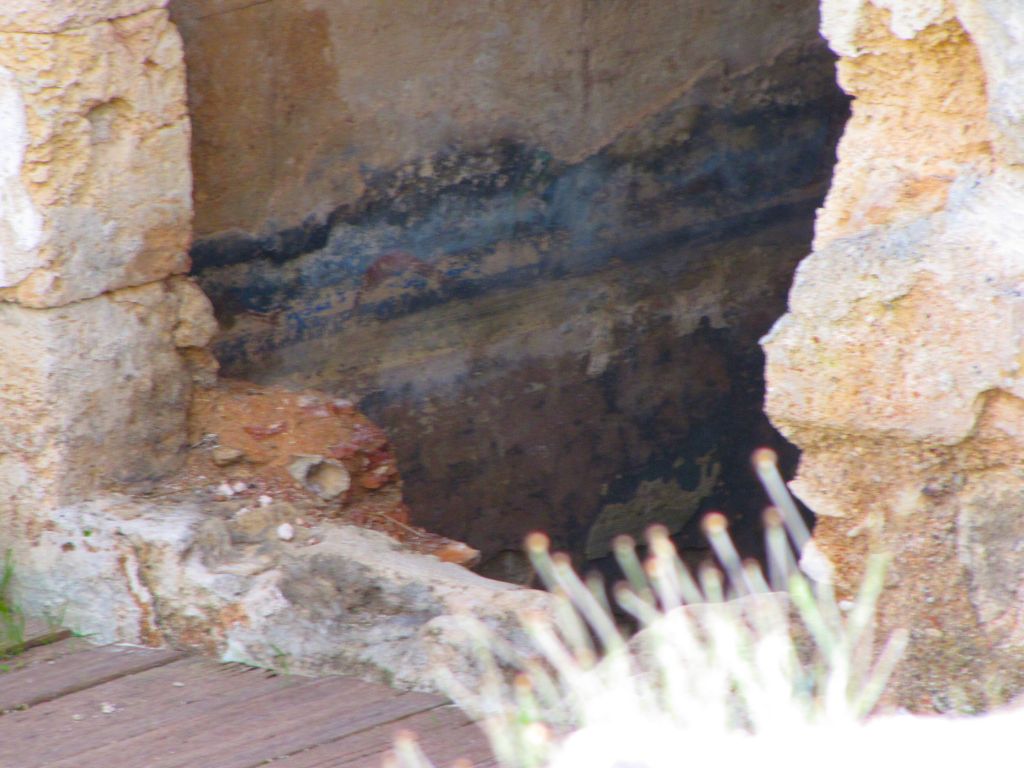
Geographically, topographically we are in a lower place. Look back and see the height of the summit.
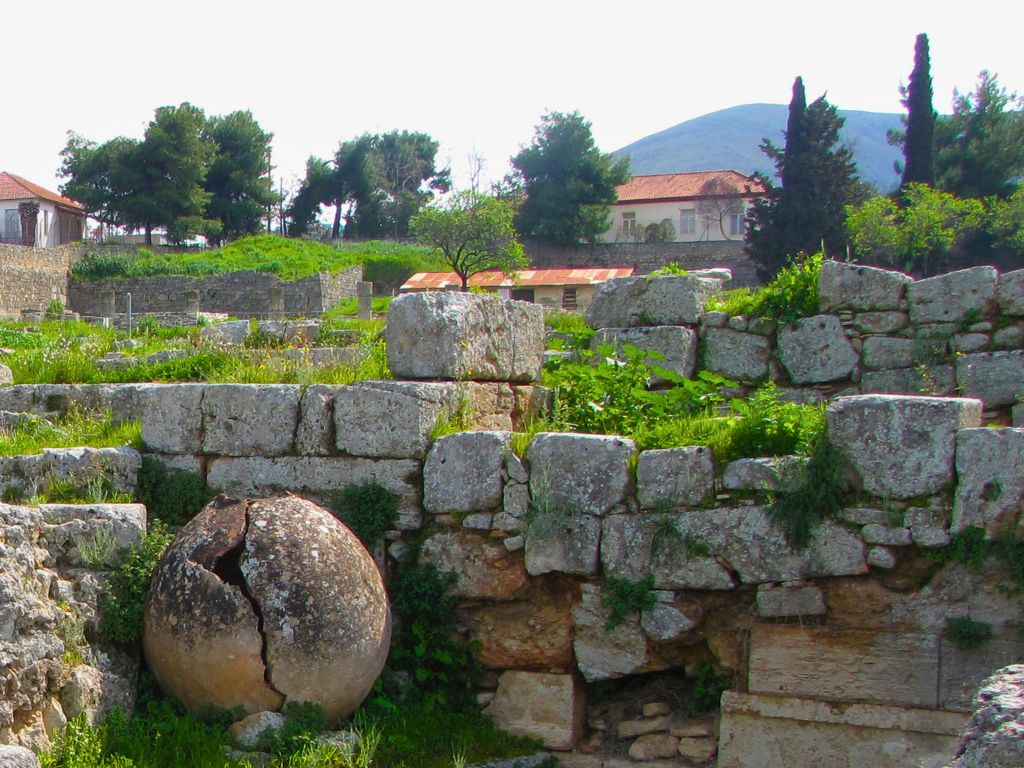
Just beside the fountain, you see a square area surrounded by columns.
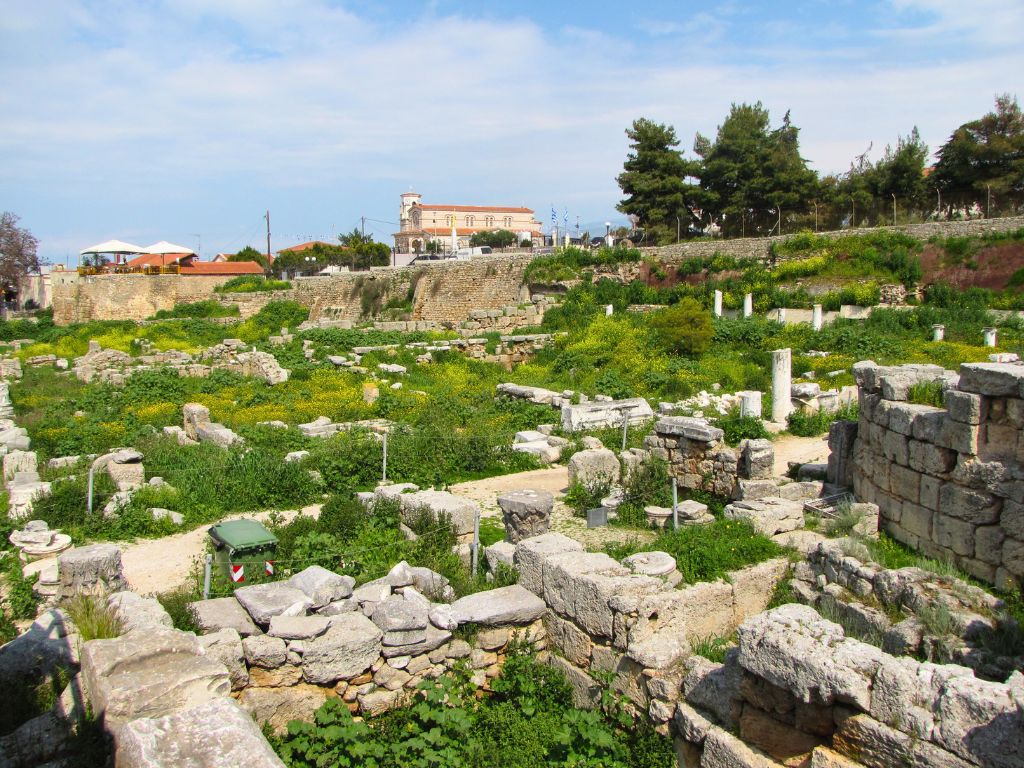
2 Corinthians 10:4 says that our weapons are not fleshly weapons but spiritual weapons for demolishing every spiritual stronghold/reason against the knowledge of God. When the Apostle Paul wrote these lines, the stronghold up at the summit was not yet a military base. It was the stronghold of prostitution, the spiritual stronghold, in the sight of which the entire mega city of Corinth was living. And remember that the life of the city was interwoven with the activity lent by this spiritual stronghold.

It was excavated in earlier layers. The earlier layers prove that there we have another expansion of this temple. But, during the Roman time, the meat market was there. So, this place is described as the Roman meat market, or as Apollos precinct.
Remember, the Christians in Corinth asked the Apostle Paul, if they were allowed to go to the meat market to buy sacrificial meat (1 Corinthians 10:25.) Being in this location in Corinth, you understand exactly why sacrificial meat was in the meat market. The meat market was located near the Temple of Apollo. Think about where the temple was – where the sacrifices took place, and think about how close the meat market used to be. Next to the meat market, we have the partially excavated public baths of the city.
And on the other side, we have a row of shops at the top of which used to be a big room, like a basilica. And at the very end just on the left side of the staircase, semi excavated, is a semicircular building.
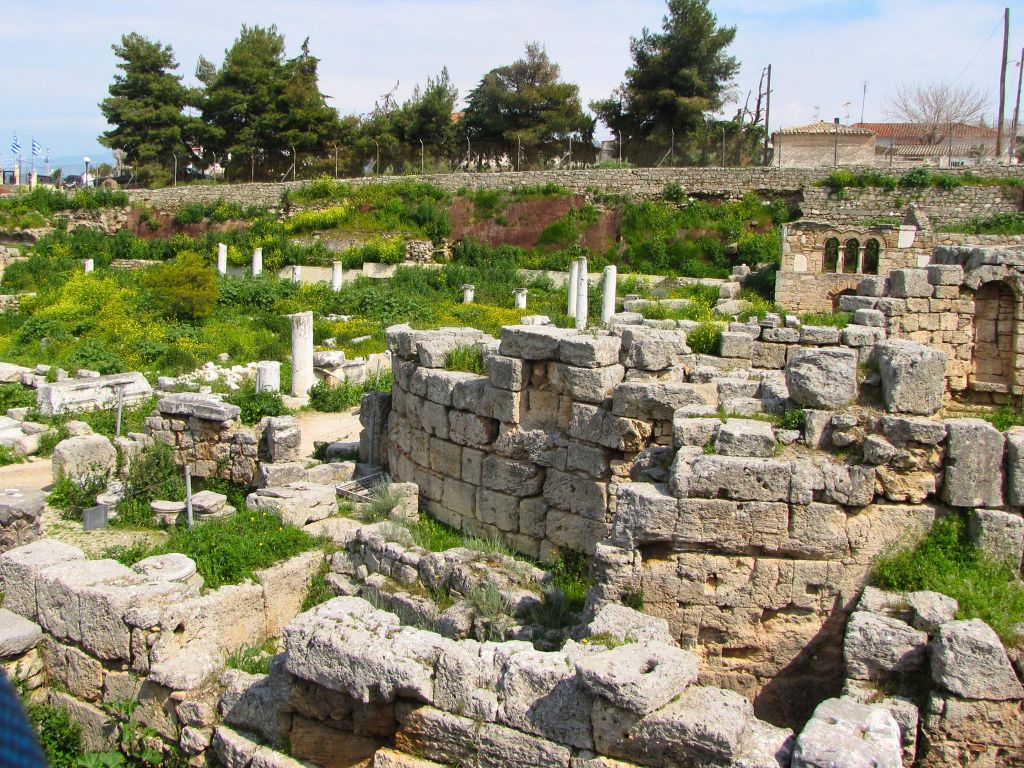
On that destruction layer, archaeologists found a lot of elements of Jewish presence in the city. We are not “allowed” to say that this is the synagogue – because no elements were found on site intact, that had all been destroyed at the destruction layer. But there are archaeologists who believe that, possibly, there had been a synagogue. Definitely, if this is not the synagogue, the synagogue should be very close because of all the Jewish elements found at the place. Some of these Jewish elements are on display in the museum today.
Now I would like to speak a little bit about The Temple of Apollo, and then the other fountain of the city which was a sacred fountain.

The whole site of the ruins of Appollo’s Temple dates back to sixth century BC, which is almost a century prior to the Acropolis of Athens. Every column is monolithic – that is, one single stone.
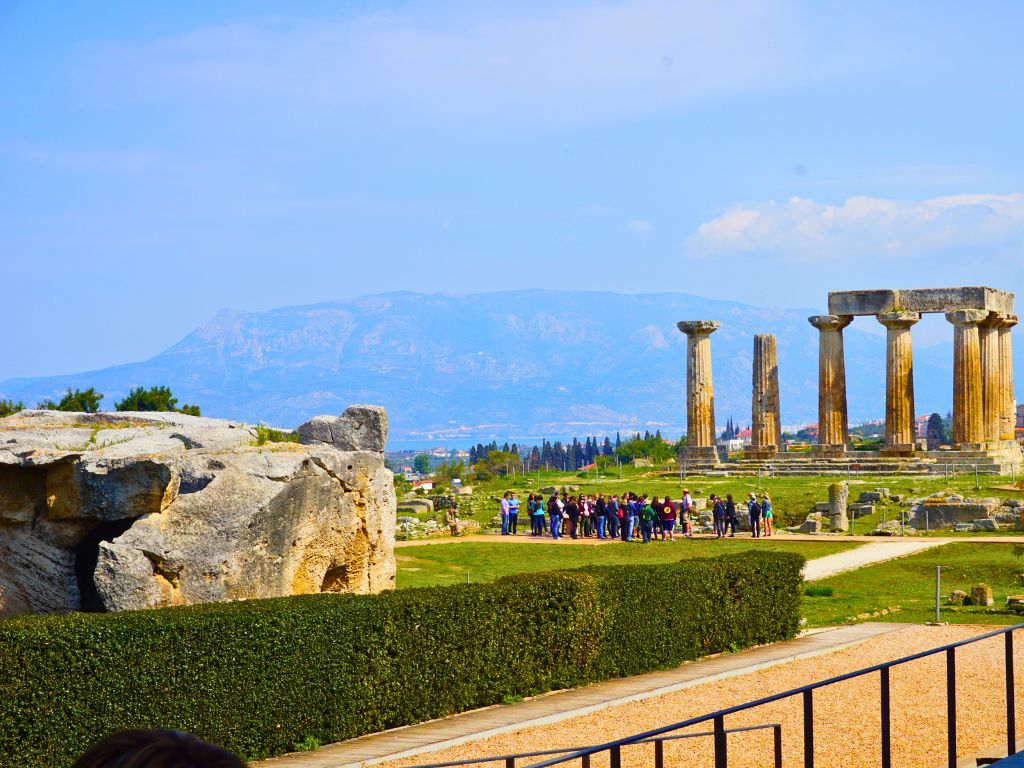
The Temple of Apollo is one of three temples in Corinth that the Romans left intact when they leveled the city.
The first temple was the temple of Aphrodite. The second temple was the Temple of Poseidon by the Sea – the inter Greek center where the Isthmian games were organized. The third temple was the Temple of Apollo which was located in the middle of the “ghost city” – the city of Corinth, which was totally leveled for 100 years and turned to piles of stones and ruins.
Right in the middle of the leveled city of Corinth, was the Temple of Apollo, intact and fully functioning. And the question is why? What made the Romans not even touch this temple, when they totally leveled the rest of the entire city?
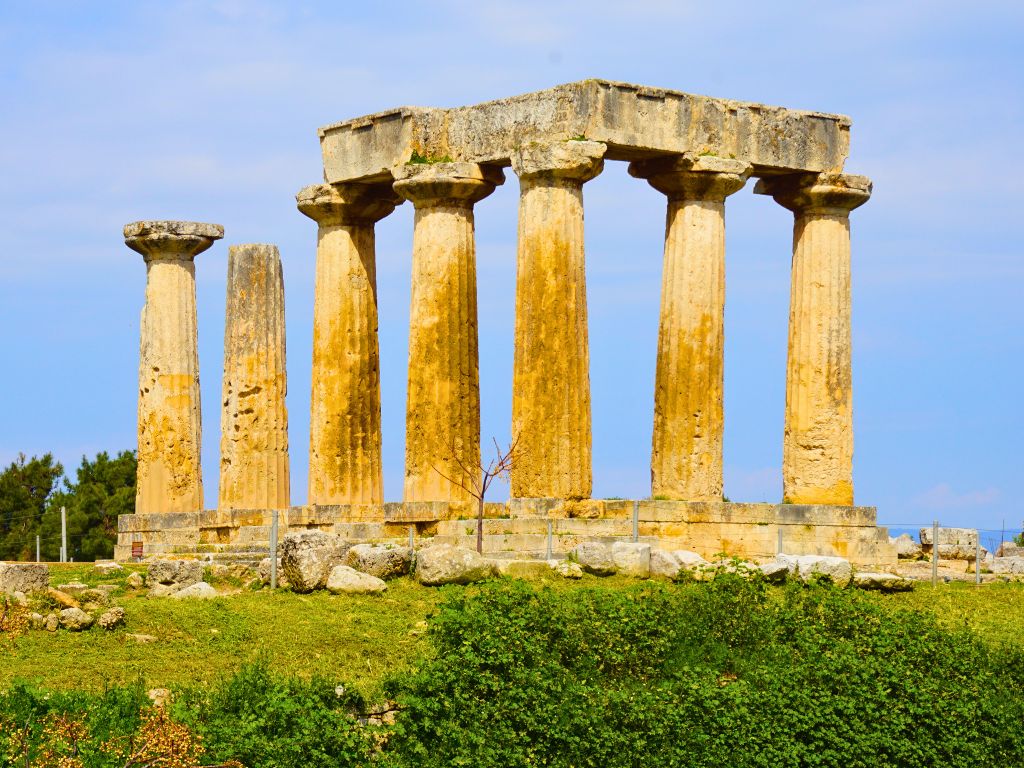
The answer, possibly, is that just on the other side of the sea, we have the Oracle of Delphi, the main Temple of Apollo, a major and highly respected international religious center for the Mediterranean people. Obviously, the Corinthian Temple of Apollo was a branch of it. This temple in Corinth fulfilled certain functions. Perhaps in honor of these functions it was not destroyed. The other possible reason that the Temple of Apollo in Corinth was not destroyed along with the destruction of the rest of Corinth, was the character of the god, Apollo, himself.
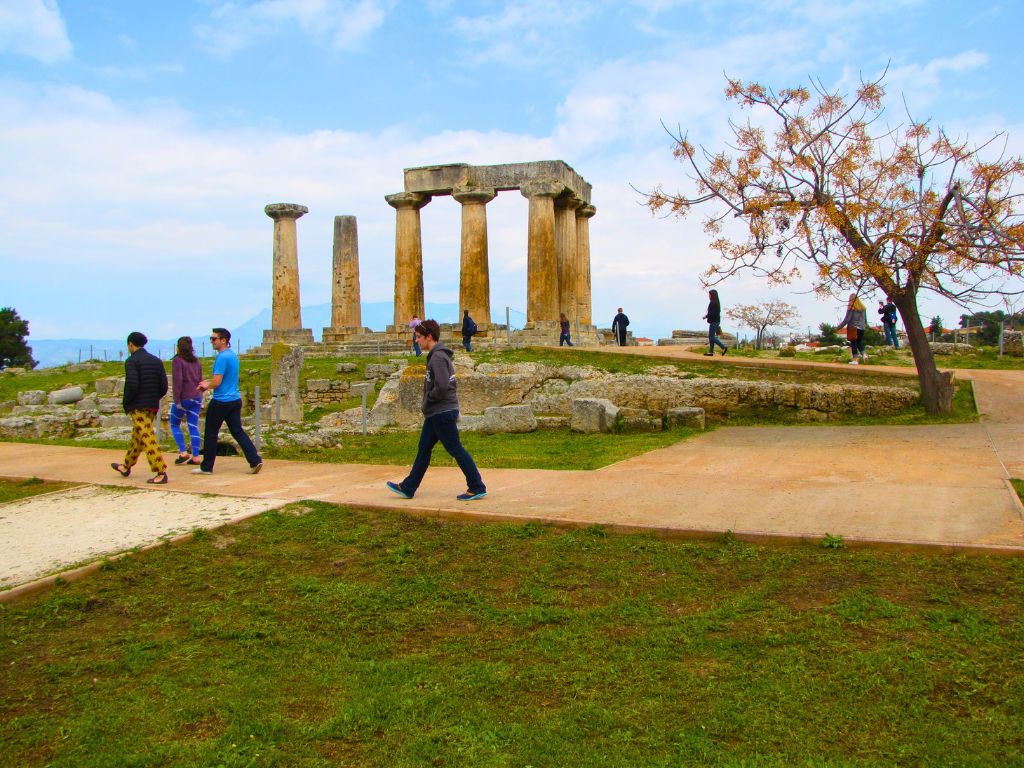
While Apollo was the god of light, music, culture, he also was the god of ecstatic phenomenon – the oracles, the predictions, the mystical advisors. And this is what was delivered in Delphi and to all the centers of Apollo. (Four ladies depicted among the prophets of the ceiling of Sistine Chapel were all priestesses of Apollo.) And when we say ecstatic phenomenon, we do not mean only the predictions. We also mean other things, like for instance, forcing/driving the body with nails without feeling pain and without blood coming out. Or fire dancers.
You know that fire dancers are still in Greece. Once per year, on the day of Saint Constantine, fire dancing is incorporated in the religious activity of the Orthodox Church. We have people who light big fires in their villages in a very ecstatic situation, holding the icons of St. Constantine and Helen, escorted by a certain music (the drum, pipes) and they start dancing with bare feet and bare footed they enter dancing into the fire. And they dance upon the lit coal until is totally extinguished without being harmed at all. And this is not a trick is ecstatic.
Remember what we said about the ecstatic phenomenon in Philippi – the slave girl possessed by the spirit of Python, or the man who was called Pythianos, or the priest who was buried in the city for the protection of the city? The ecstatic phenomenon (and all of its practitioners) were so impressive to the eyes of common people that it was considered to be an open gate to the supernatural world of the gods. The people were afraid of their curse, and definitely they wished for their blessings. Obviously, this is a good reason for the Roman army to preserve The Temple of Apollo instead of destroying it. This temple was not touched at all.
Now if that is so, then, the function of this temple, and its existence right in the middle of the city (being one of the two “cathedrals” of the city during the Apostle Paul’s time) made Paul write one of the best chapters of the New Testament, chapter 13 of First Corinthians, the chapter of love. 1 Corinthians 13 starts with a summary of the ecstatic phenomenon. “If I speak the tongues of the angels and the humans, if I have the whole knowledge, or the whole faith, to move mountains…” Paul equalizes the ecstatic phenomenon briefly described there, with the supreme sacrifice. “If I give to the poor all that I possess, even my body to be burned in the fire…” and Paul compares the supreme sacrifice with the ecstatic phenomenon which was highly appreciated in Corinth, with love. And he finds love superior.
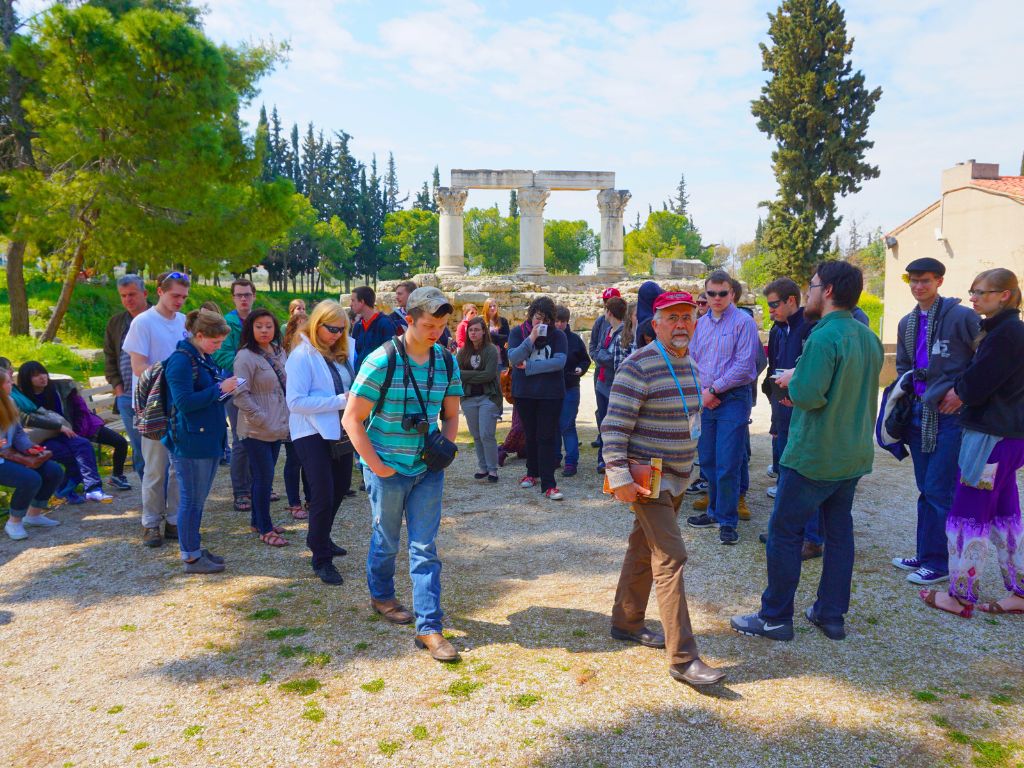
And next we come to Romans 12:1 to speak about the reasonable sacrifice. In most English translations it says, “Present your bodies as a living sacrifice, holy and acceptable to God, which is your reasonable service.” What are reasonable services? Reasonable service is the logical worship – compared to the types of worship that were out of the control of the logic of the mind. Those were the ecstatic ones.
Now we have to make a distinction between ecstasy, prediction and prophecy. Prediction is ecstatic. Prophecy is not prediction. Prophecy, προφητείαν, is something else.
Τhe term προ in Greek means” in front” or “before somebody” and the verb φητείαν in Greek means “I speak.” I speak in front, or before somebody, was initially used among the Greeks during the time of monarchy. At that time even the Kings did not have “email” to let their subjects know about their future visits. So, they had to send a messenger to pre-announce the coming of the King. The messenger was sent to speak before, or in front of the king, so that the people, the subjects of the King, could prepare for the reception of the king. So, initially, the term prophecy had nothing to do with ecstatic practices at all.
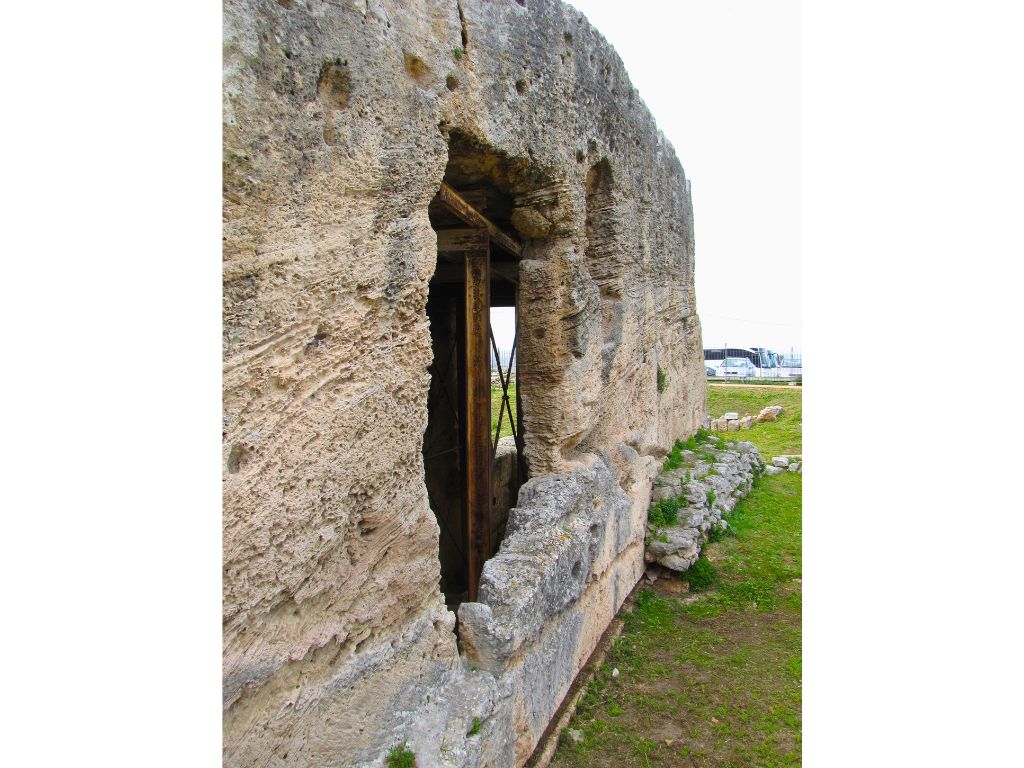
And the next question is, why do we call the prophets of the Old Testament “prophets?” The reason is that their main duty was not to predict the future. Their main duty was to preannounce the coming of the King, the coming of the Messiah. To complete their service, some of them had to judge personal lives, sometimes the lives of their kings (Amos 7:10-12.) Imagine the shepherd, Amos. He went to stand before King Jeroboam to say you are wrong. Prophets definitely needed credentials. As credentials, God gave them partial predictions of a partial knowledge of the future. And so, they could complete their service – which was the preannouncement of the coming Messiah, the coming King. Remember, the greatest of the prophets is John the Baptist, not Isaiah. Nor Moses. It is John the Baptist. John the Baptist never performed any miracles. He never spoke about future wars, or the end times. Why is he the greatest prophet? John the Baptist is the actual prophet, the prophet.
If the Bible promoted prediction, then it should have a calendar telling what is going to happen. But it does not. On the contrary, the Bible promotes faith. And faith is the opposite of knowledge. We do not know the future (and we do not like to know the future.) We do not walk by sight, but we walk on faith. And this is what a believer is promoted to do.
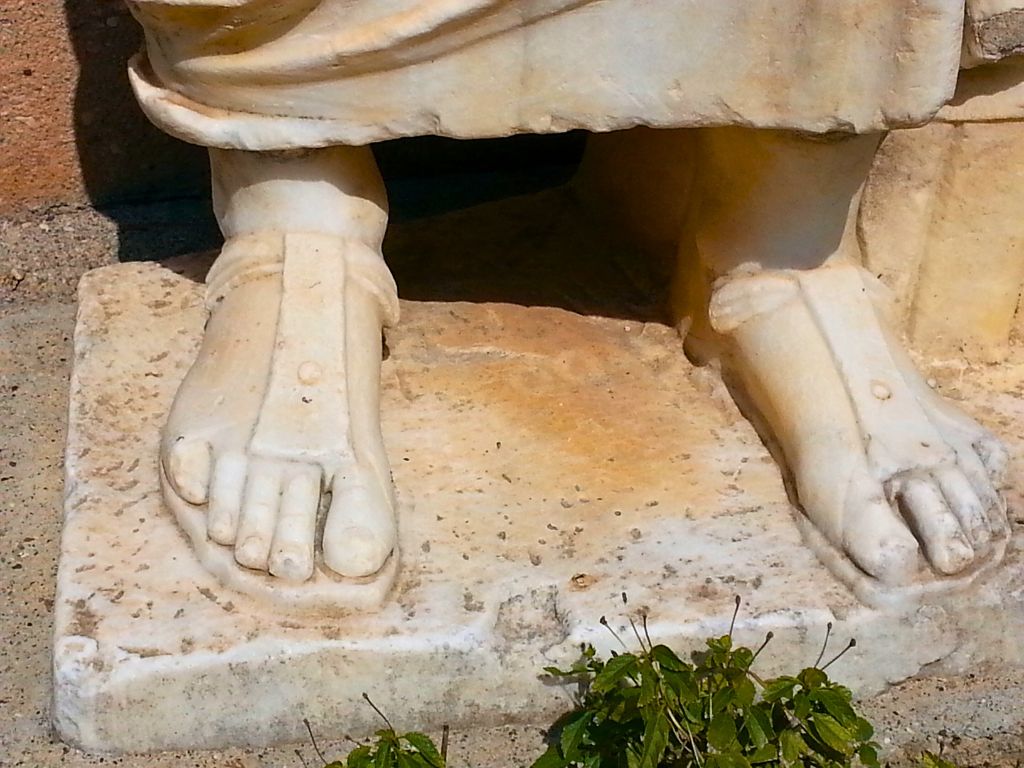



We do not know how the Corinthians discovered that inside this rock layer there was a stream of water, but they chiseled the rock and then turned the rock into a rock fountain. These Corinthians, from time to time, came to the Glauke fountain to take blessed water.
The Glauke Fountain, related with the major religions of the city and was surrounded by temples:
- The Temple of Apollo, whose ruins are seen in Corinth,
- The Temple of Hera, where according to legend the children of Medea, the witch wife of Jason, were buried here)
- The Temple of Athena, discovered and then reburied (becoming a parking lot.)
- And there was one more temple, the Temple of Zeus the most High.
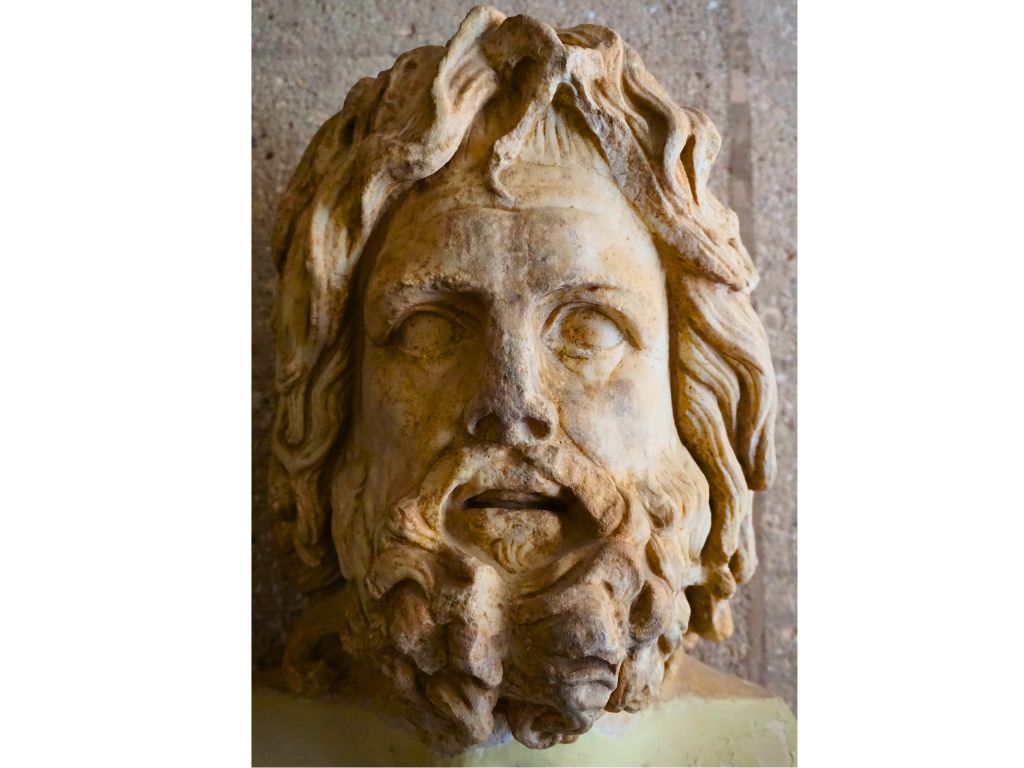
And now I would like one of you to read one more verse: 1 Corinthians 10:4, “And all ate the same spiritual food and drank the same spiritual drink. For they drank from the spiritual rock that followed them and the rock was Christ.”
Is the Apostle Paul telling the Corinthians: “My dear Corinthians, you go often to your sacred rock fountain to take blessed water. You need to know that there is another spiritual rock fountain from where you can take spiritual food and drink, and that is Christ.” Here we have an event from the Old Testament mentioned only once in the whole New Testament. Do you think it is by accident that Paul mentions it in First Corinthians?
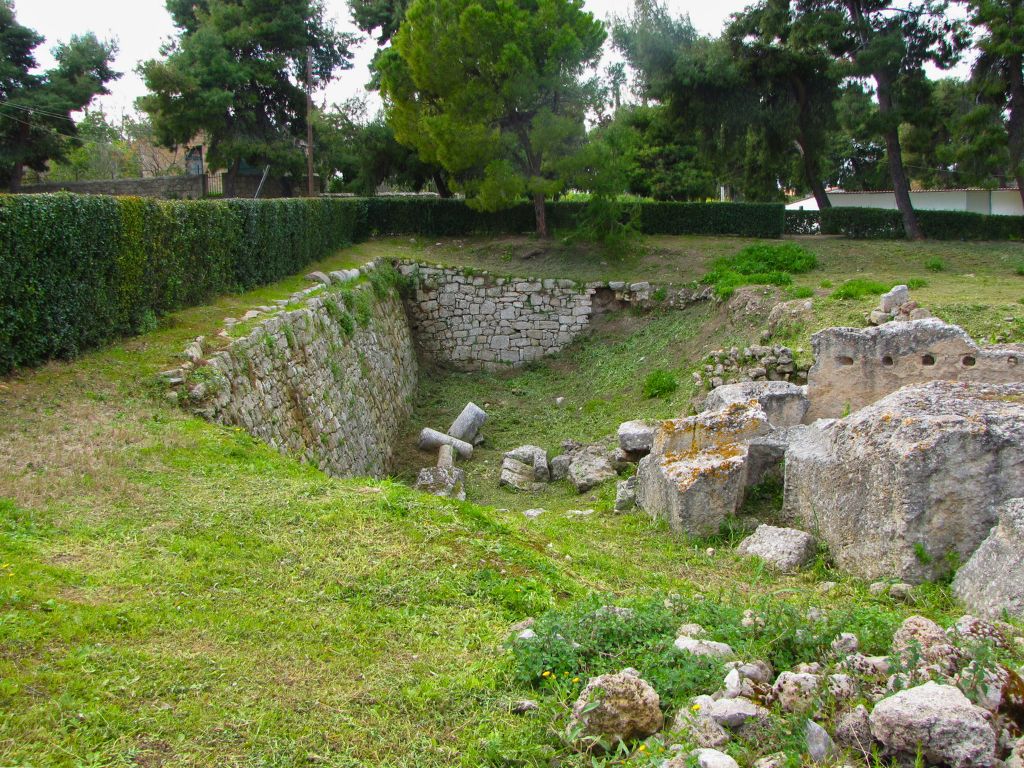
You could spend more than two full days just wandering around, reading the Bible, trying to find images. Corinth is so rich.